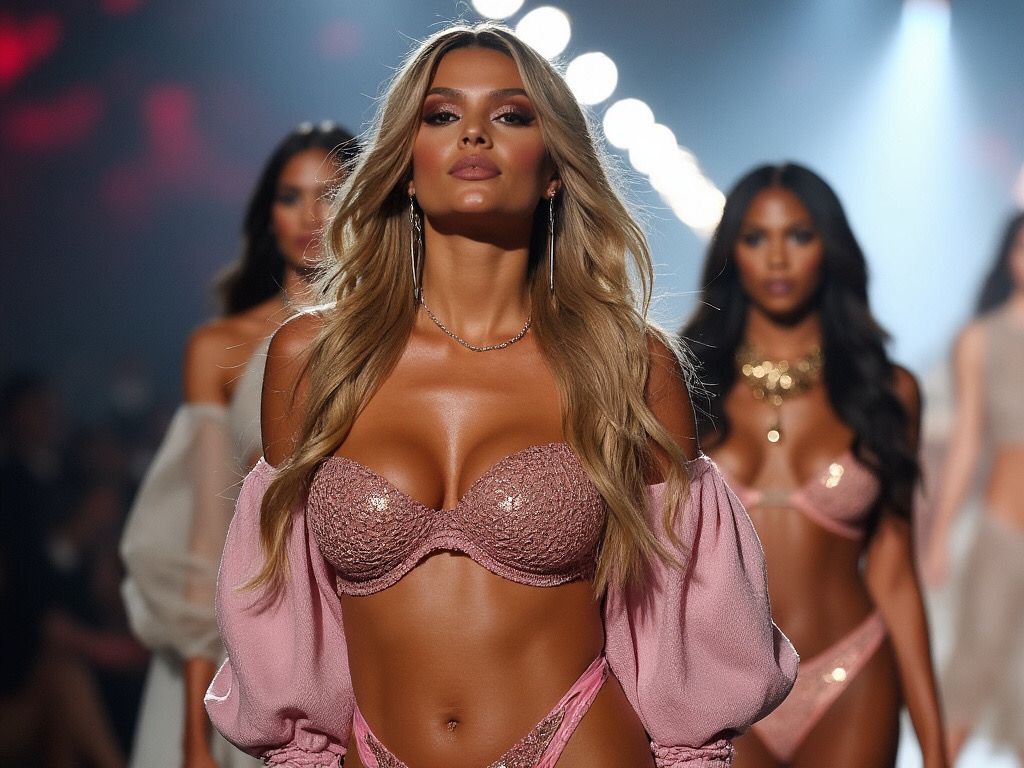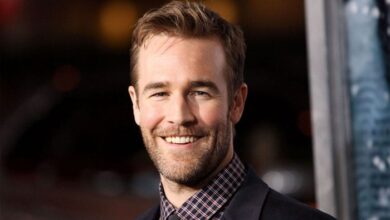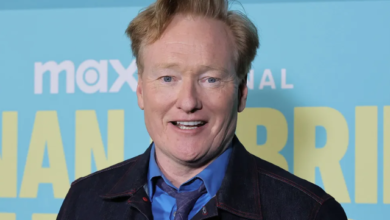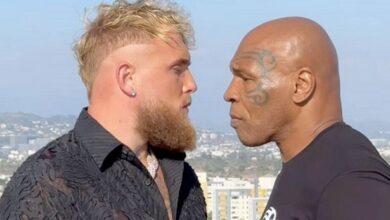Victoria’s Secret is an American multinational lingerie, clothing, and beauty retailer known for its high-profile marketing and fashion shows. Here’s a rundown on some aspects that might not be commonly highlighted:
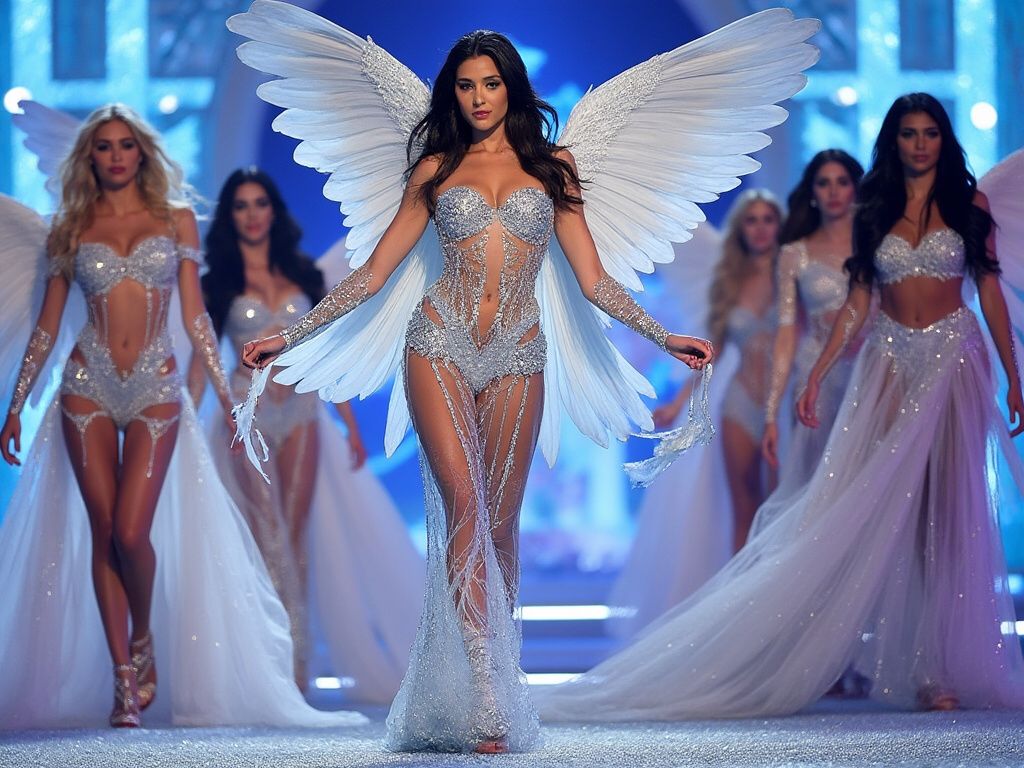
1. **Founding and Growth**:
– **Founded**: The company was established in 1977 by Roy Raymond, who was inspired by the idea of creating a more comfortable shopping experience for men buying lingerie for their partners.
– **Sale to Les Wexner**: In 1982, Raymond sold the company to Les Wexner, the founder of Limited Brands, which later became L Brands. Under Wexner’s leadership, Victoria’s Secret expanded significantly.
2. **Marketing and Brand Image**:
– **Fashion Shows**: Victoria’s Secret was famous for its annual fashion show, which featured models known as “Angels.” These shows were spectacles, featuring elaborate costumes, themed segments, and high-profile musical performances. However, due to changing consumer preferences and criticism over body image, the last major show was in 2018.
– **Angels**: The term “Victoria’s Secret Angel” refers to the brand’s top models. Names like Gisele Bündchen, Heidi Klum, and Adriana Lima became synonymous with the brand.
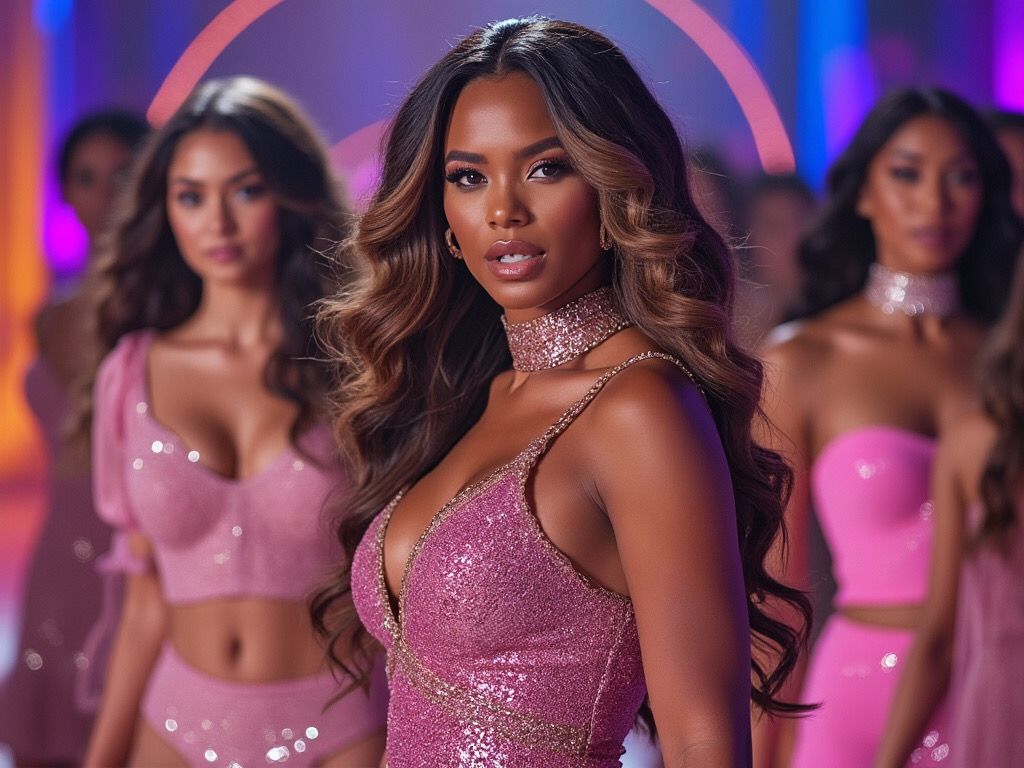
3. **Controversies**:
– **Body Image and Diversity**: The brand has faced criticism for promoting an unrealistic body standard. Over time, there’s been a push towards more inclusive sizing and representation, though this has been a slow process.
– **Cultural Impact**: The brand’s approach to marketing, focusing on a very specific type of beauty, has influenced global perceptions of lingerie and fashion, but also sparked debates about objectification and unrealistic beauty standards.
4. **Business Challenges**:
– **Decline in Popularity**: In recent years, Victoria’s Secret has seen a decline in sales, partly due to competition from brands like Aerie by American Eagle, which emphasizes body positivity and comfort over high-fashion lingerie.
– **Leadership Changes**: There have been significant changes in leadership, including the departure of Les Wexner from active management roles, and the appointment of new CEOs aiming to modernize the brand.
5. **Rebranding Efforts**:
– **New Direction**: Under new management, there’s been an effort to pivot towards inclusivity, sustainability, and away from the hypersexualized image. This includes expanding product lines to cater to a broader audience, focusing on comfort, and everyday wear.
6. **Secrets Behind the Scenes**:
– **Manufacturing**: While Victoria’s Secret markets itself as luxurious, much of its production involves mass manufacturing techniques to keep costs down, which might not align with the premium image they project.
– **Supply Chain Issues**: Like many fashion companies, Victoria’s Secret has faced scrutiny over its supply chain practices, including labor conditions in factories.

Victoria’s Secret, while a giant in the lingerie industry, has had to navigate a rapidly changing landscape where consumer values around beauty, body image, and sustainability are evolving. This has led to both challenges and opportunities for redefining what the brand stands for in the modern era.

